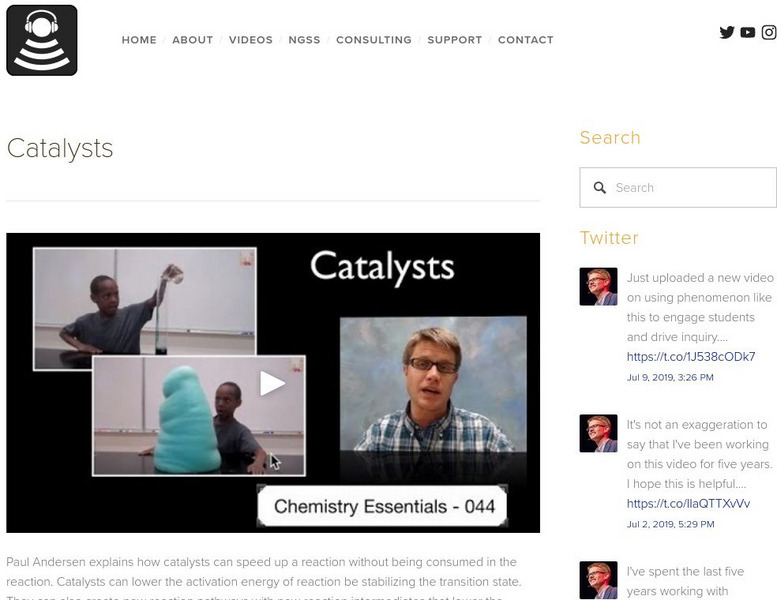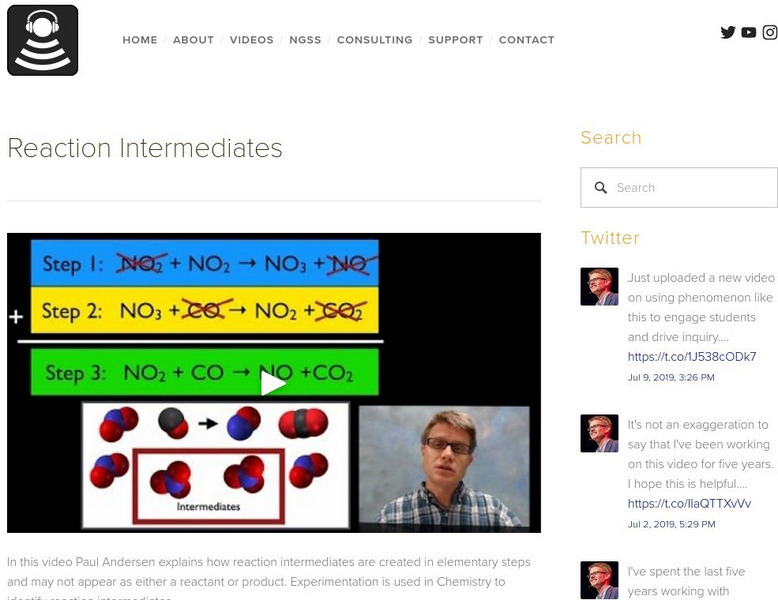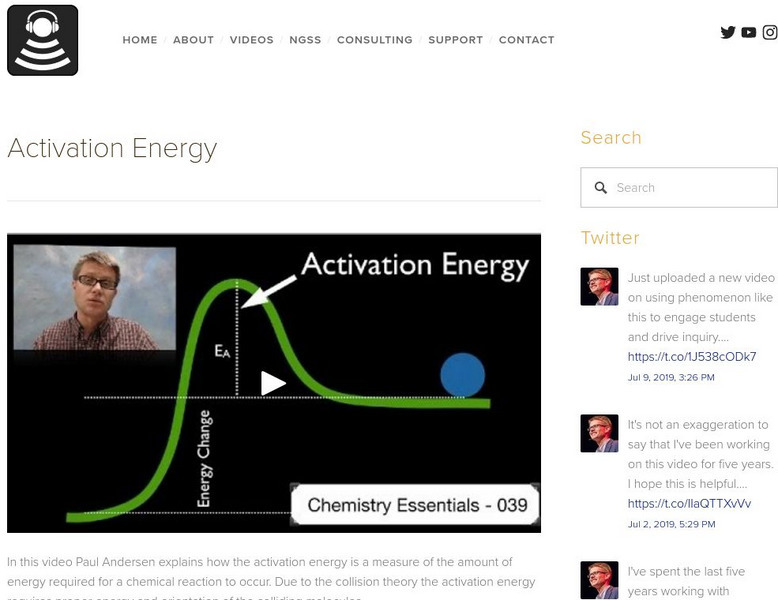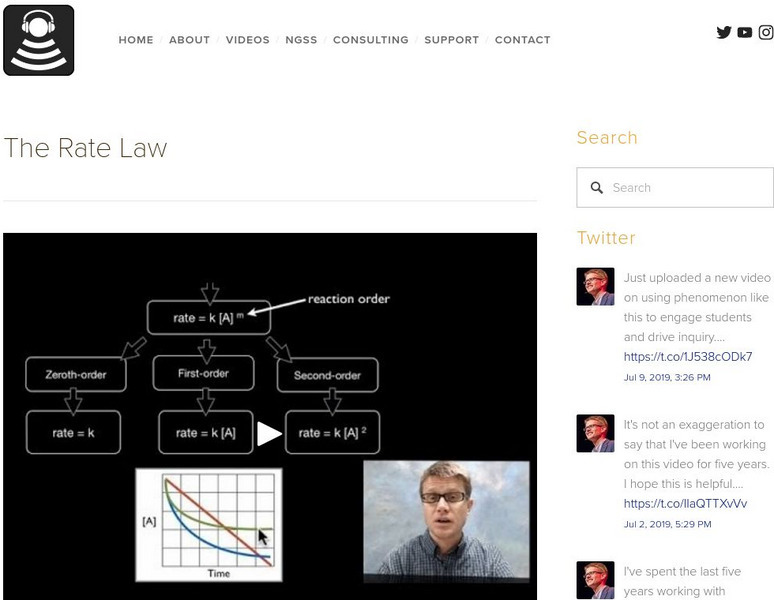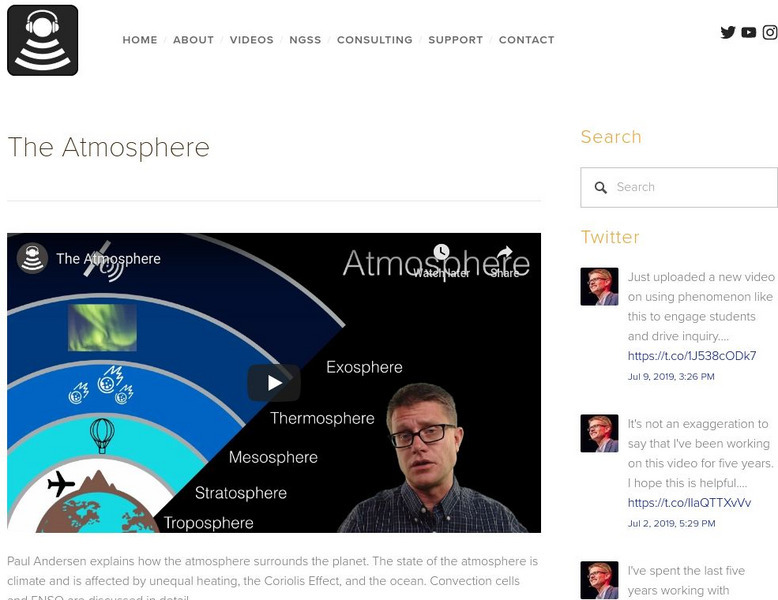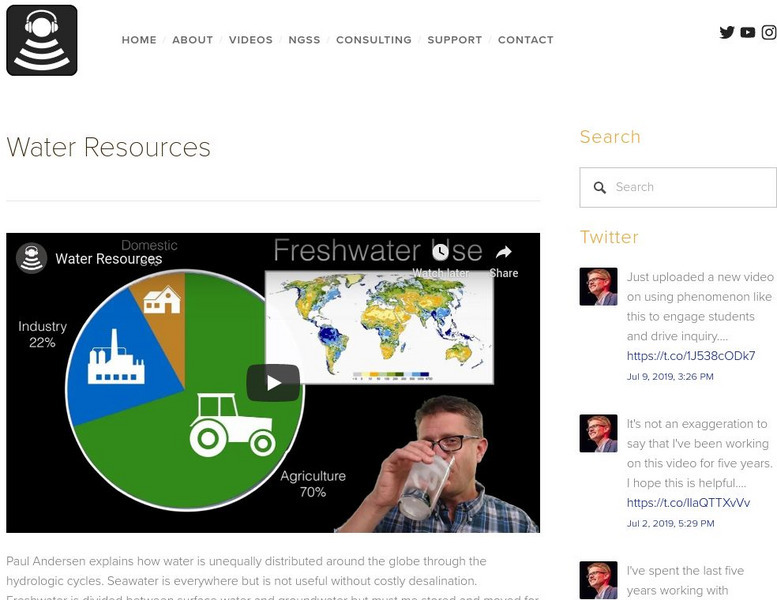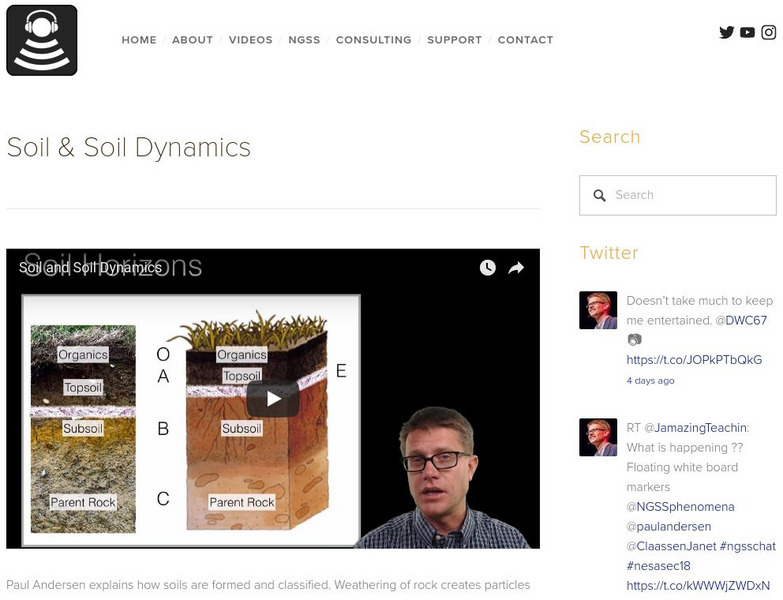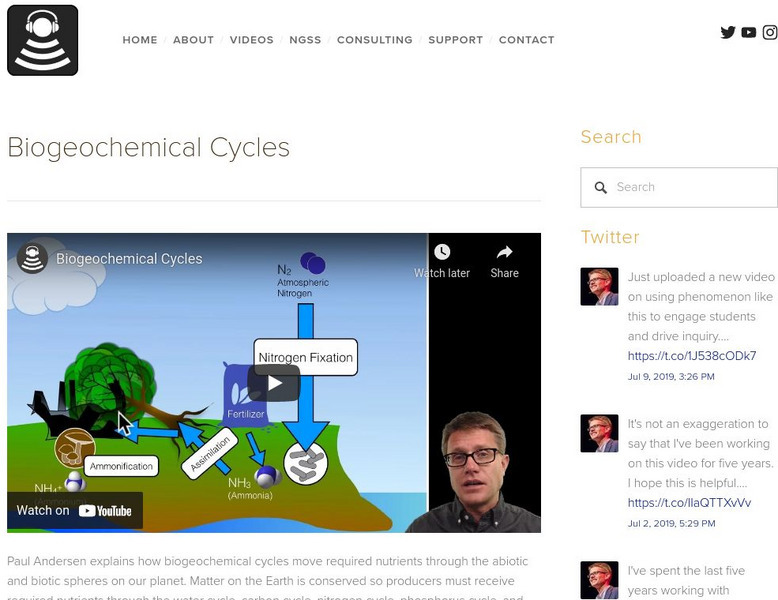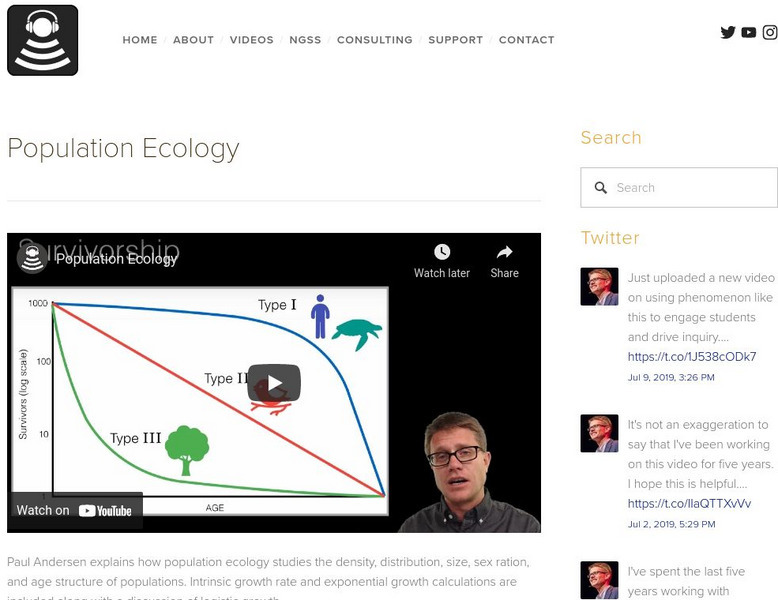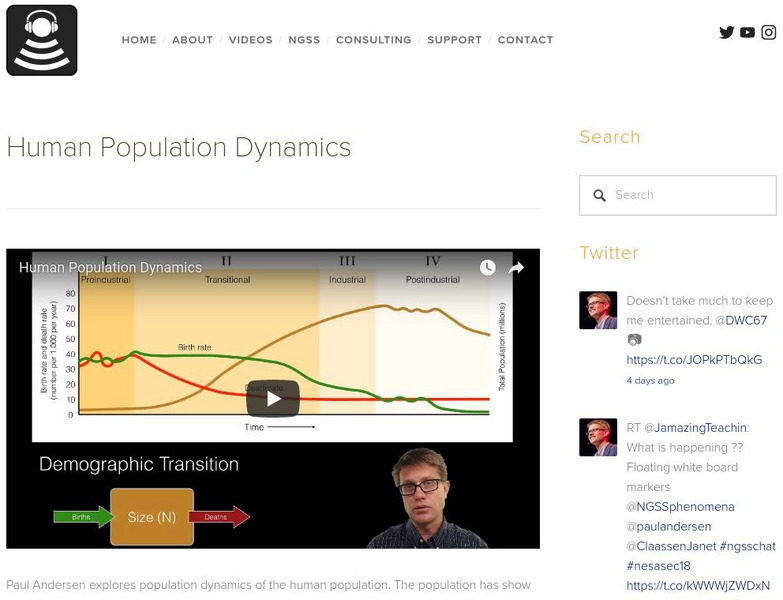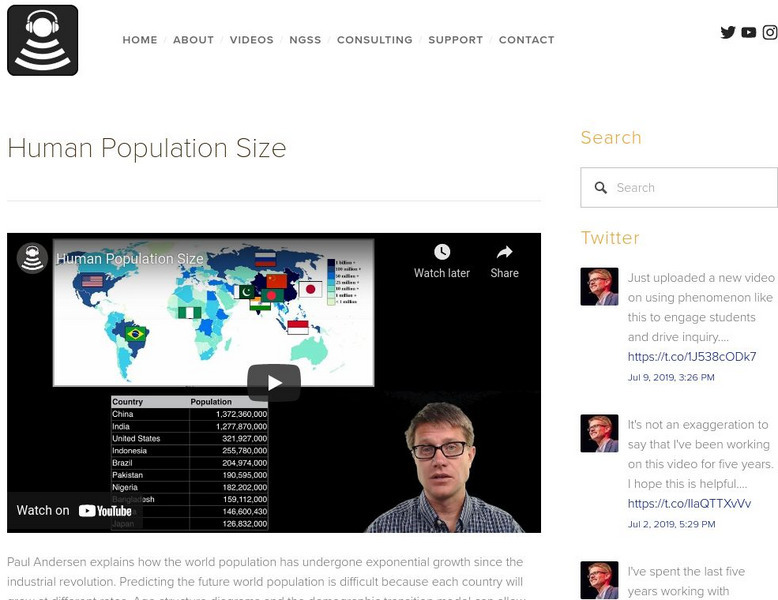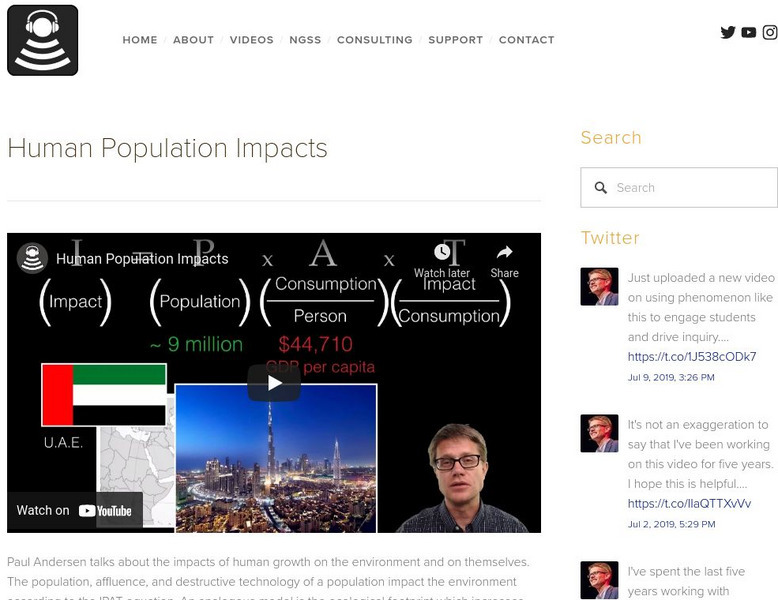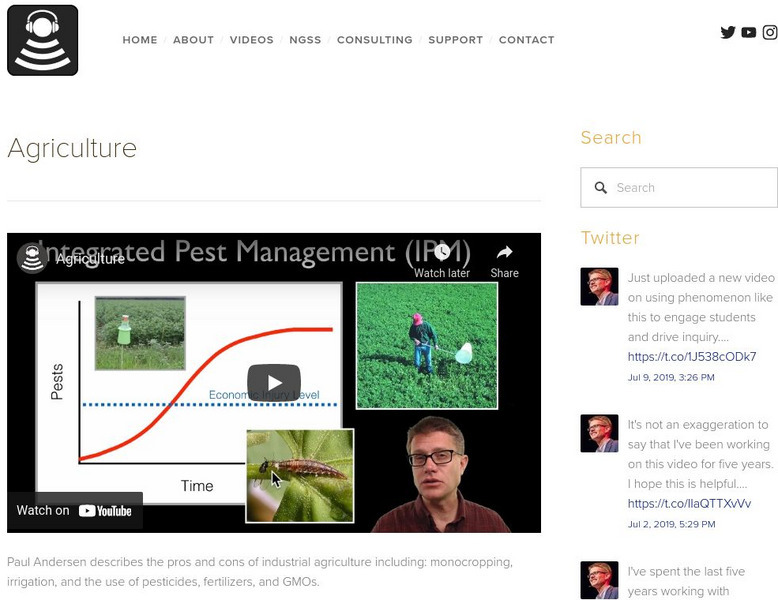Bozeman Science
Mathematics - Biology's New Microscope
Paul Andersen (with the help of PatricJMT) explains why mathematics may be biology's next microscope.
Bozeman Science
How to Make an Educational Screencast (Mac)
Paul Andersen shows you how to use Screenflow, Keynote, and Omnidazzle to make an educational screencast.
Curated Video
'Peaky Blinders' Film Without 'Arthur Shelby'? Paul Anderson Fans Express Concern Amid Exit Rumours
'Peaky Blinders' star Paul Anderson has alarmed fans with his new look, which is drastically different from his iconic character 'Arthur Shelby's appearance. Many fans expressed concerns and speculated about his potential exit from the...
Bozeman Science
Bozeman Science: Kinetic Reaction Control
In this video Paul Andersen explains how a spontaneous process may take either the thermodynamically controlled or the kinetic controlled pathway. If the activation energy determines the path taken then the process is under kinetic...
Bozeman Science
Bozeman Science: Catalyst Classes
In this video Paul Andersen explains how the three types of catalyst classes act to speed up reactions. Acid-base catalysts either add or remove a proton from one of the reactants. Surface catalysts provide active sites where reactants...
Bozeman Science
Bozeman Science: Catalysts
Paul Andersen explains how catalysts can speed up a reaction without being consumed in the reaction. Catalysts can lower the activation energy of reaction be stabilizing the transition state. They can also create new reaction pathways...
Bozeman Science
Bozeman Science: Reaction Intermediates
In this video Paul Andersen explains how reaction intermediates are created in elementary steps and may not appear as either a reactant or product. Experimentation is used in Chemistry to identify reaction intermediates. Look at the...
Bozeman Science
Bozeman Science: The Rate Limiting Step
In this video Paul Andersen explains why the slowest elementary step in a chemical reaction is the rate-limiting step. This step can be used to determine the overall rate law of the chemical reaction. Take a look at the concept map and...
Bozeman Science
Bozeman Science: Multistep Reactions
Paul Andersen explains how an overall chemical reaction is made up of several elementary steps. The stoichiometry of this equation can be predicted but the rate law must be measured. If the elementary steps of the reaction are determined...
Bozeman Science
Bozeman Science: The Reactions Path
In this video Paul Andersen explains how the reaction path can be described in an energy profile. Enough energy must be added to reach the activation energy required and stress the bonds. Eventually the bonds break and new bonds are...
Bozeman Science
Bozeman Science: Activation Energy
In this video Paul Andersen explains how the activation energy is a measure of the amount of energy required for a chemical reaction to occur. Due to the collision theory the activation energy requires proper energy and orientation of...
Bozeman Science
Bozeman Science: The Rate Constant
In this video Paul Andersen describes the characteristics of the rate constant in chemical reactions. The rate constant is highly variable in reactions and must be determined experimentally. The rate constant is dependent on both...
Bozeman Science
Bozeman Science: The Rate Law
Paul Andersen explains how the rate law can be used to determined the speed of a reaction over time. Zeroth-order, first-order and second-order reactions are described as well as the overall rate law of a reaction. The rate of a reaction...
Bozeman Science
Bozeman Science: Environmental Systems
Paul Andersen explains how matter and energy are conserved within the Earth's system. Matter is a closed system and energy is open to the surroundings. In natural systems steady state is maintained through feedback loops but can be...
Bozeman Science
Bozeman Science: Geology
Paul Andersen explains how rock is formed and changed on the planet. The video begins with a brief description of rocks, minerals, and the rock cycle. Plate tectonics is used to describe structure near plate boundaries. Hot spots and...
Bozeman Science
Bozeman Science: The Atmosphere
Paul Andersen explains how the atmosphere surrounds the planet. The state of the atmosphere is climate and is affected by unequal heating, the Coriolis Effect, and the ocean. Convection cells and ENSO are discussed in detail. Take...
Bozeman Science
Bozeman Science: Water Resource
Paul Andersen explains how water is unequally distributed around the globe through the hydrologic cycles. Seawater is everywhere but is not useful without costly desalination. Freshwater is divided between surface water and groundwater...
Bozeman Science
Bozeman Science: Soil and Soil Dynamics
Paul Andersen explains how soils are formed and classified. Weathering of rock creates particles which are mixed with water, air, and organic material. Soils are classified according to particle size, chemical makeup, and horizon...
Bozeman Science
Bozeman Science: Biogeochemical Cycles
Paul Andersen explains how biogeochemical cycles move required nutrients through the abiotic and biotic spheres on our planet. Matter on the Earth is conserved so producers must receive required nutrients through the water cycle, carbon...
Bozeman Science
Bozeman Science: Population Ecology
Paul Andersen explains how population ecology studies the density, distribution, size, sex ration, and age structure of populations. Intrinsic growth rate and exponential growth calculations are included along with a discussion of...
Bozeman Science
Bozeman Science: Human Population Dynamics
Paul Andersen explores population dynamics of the human population. The population has show exponential growth since the industrial revolution and all countries will eventually move through the demographic transition. [11:14]
Bozeman Science
Bozeman Science: Human Population Size
Paul Andersen explains how the world population has undergone exponential growth since the industrial revolution. Predicting the future world population is difficult because each country will grow at different rates. Age-structure...
Bozeman Science
Bozeman Science: Human Population Impacts
Paul Andersen talks about the impacts of human growth on the environment and on themselves. The population, affluence, and destructive technology of a population impact the environment according to the IPAT equation. An analogous model...
Bozeman Science
Bozeman Science: Agriculture
Paul Andersen describes the pros and cons of industrial agriculture including: monocropping, irrigation, and the use of pesticides, fertilizers, and GMOs. [9:25]



